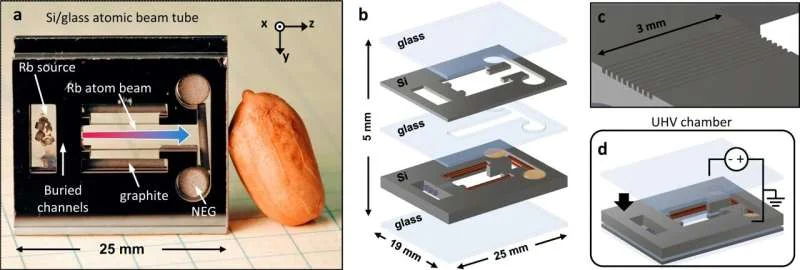John’s, a hyperbaric medicine specialist at Memorial University in Newfoundland. According to Ken Ledez, the problem is not just the lack of oxygen, but also the carbon dioxide concentration. The diver may also have lost electrical power, a key component responsible for regulating oxygen and carbon dioxide levels on board.
The crew has more and more problems
Due to the increased concentration of exhaled carbon dioxide, decreased oxygen levels pose a serious threat to the crew. can have fatal consequences. Dr. Ledes explains that as carbon dioxide builds up, it begins to act as a sedative and even anesthetic gas, putting people in a sleep-like state.
hypercapnia, excess carbon dioxide in the blood can be fatal if left untreated. It is alarming that it is on the submarine “Titan” no carbon dioxide removal system, commonly known as cleaners. So that’s the biggest problem the team is facing right now.
Low temperature is also a problem
Also, if the diver is lying on the seafloor, he will be exposed to low temperatures close to 0°C. In the absence of electricity, the ship cannot generate heat, which worsens the condition of the crew and puts them at risk of hypothermia.
Hypothermia, lack of oxygen, and increased carbon dioxide levels reduce the crew’s ability to communicate with search and rescue operations.
Dr. Ledes emphasizes that if crew members do lose consciousness, their ability to help them survive will be severely limited. Despite the Coast Guard’s warning of residual oxygen, the crew is likely to be able to sustain it, albeit for a limited time.
Only a miracle will help
Deep-sea explorer David Gallo told the BBC it would take a miracle to save those stranded on Titan, but he remains optimistic.
He also noted that the sounds recorded by the rescuers were “reliable and reproducible,” meaning teams would have to assume the sounds were coming from a diver and quickly get to their location.
At the same time, even after the device is actually detected, it will take hours for rescuers to reach the device. And if the ship had remained close to the wreckage of the Titanic, as some experts believe, it may not be possible at all.
Latest news on submarine search
- The U.S. Coast Guard estimated, based on preliminary estimates, that those on board could be without oxygen in the next few hours.
- Rescuers say they should remain “optimistic and hopeful” that the operation will more than double its resources, with 10 additional ships and several remote-controlled submarines joining the search on Thursday.
- The captain who led the search also said: “Honestly, we don’t know where they are.”
- The search area has expanded due to the sounds detected on Tuesday and Wednesday. It currently covers an area of more than 40,000 kilometers and is 4 kilometers deep.
- The Polar Prince, the research ship from which Titan was launched, will continue to be the command center for the search, located near the site of the Titanic disaster.
- Camera-equipped Remotely Operated Vehicles (ROVs) will scan the depths of the seabed throughout the day.













